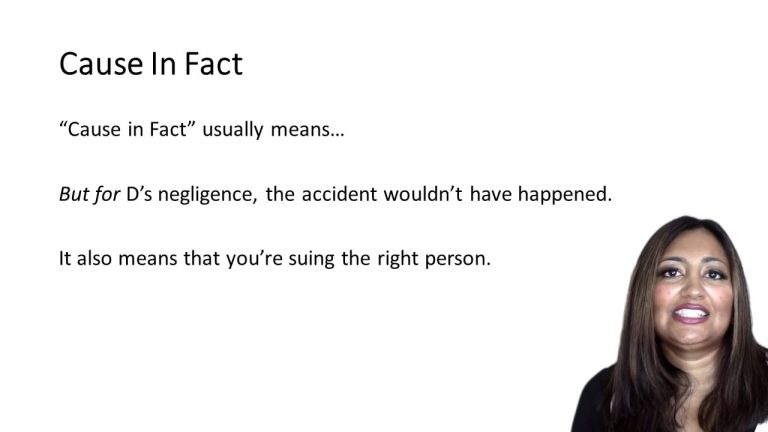SmartBrief
Confirm favorite deletion?
Torts keyed to Robertson
June v. Union Carbide Corporation
Citation:
United States Court of Appeals, Tenth Circuit, 2009. 577 F.3d 1234.Facts
The Price-Anderson Act imposes strict liability under federal law under those responsible for injuries from nuclear power activities, leaving causation issues to state law of the state where the incident occurred. The Defendant, Union Carbide Corporation, ran and operated a former uranium and vanadium milling town in the town of Uravan, Colorado. To accommodate workers, the Defendant founded the community of Uravan, constructing homes and a number of facilities such as a medical clinic, elementary school, community center, tennis courts, and a swimming pool.
The Defendants ceased operations in Uravan in 1984, after producing 42 million pounds of uranium oxide. In 1986, the Environmental Protection Agency placed Uravan on its National Priorities List, which ranks the nation’s most environmentally hazardous sites for the purpose of prioritizing remedial action. Around this same time, Uravan’s remaining resends were evacuated, remedial actions were taken, and the last standing structures were razed after this suit was filed by the Plaintiffs, twenty-seven former residents of Uravan, who had been diagnosed with various cancers or thyroid diseases.
Only StudyBuddy Pro offers the complete Case Brief Anatomy*
Access the most important case brief elements for optimal case understanding.
*Case Brief Anatomy includes: Brief Prologue, Complete Case Brief, Brief Epilogue
- The Brief Prologue provides necessary case brief introductory information and includes:
Topic:
Identifies the topic of law and where this case fits within your course outline.Parties:
Identifies the cast of characters involved in the case.Procedural Posture & History:
Shares the case history with how lower courts have ruled on the matter.Case Key Terms, Acts, Doctrines, etc.:
A case specific Legal Term Dictionary.Case Doctrines, Acts, Statutes, Amendments and Treatises:
Identifies and Defines Legal Authority used in this case.
- The Case Brief is the complete case summarized and authored in the traditional Law School I.R.A.C. format. The Pro case brief includes:
Brief Facts:
A Synopsis of the Facts of the case.Rule of Law:
Identifies the Legal Principle the Court used in deciding the case.Facts:
What are the factual circumstances that gave rise to the civil or criminal case? What is the relationship of the Parties that are involved in the case.Issue(s):
Lists the Questions of Law that are raised by the Facts of the case.Holding:
Shares the Court's answer to the legal questions raised in the issue.Concurring / Dissenting Opinions:
Includes valuable concurring or dissenting opinions and their key points.Reasoning and Analysis:
Identifies the chain of argument(s) which led the judges to rule as they did.
- The Brief Prologue closes the case brief with important forward-looking discussion and includes:
Policy:
Identifies the Policy if any that has been established by the case.Court Direction:
Shares where the Court went from here for this case.

 8m 27s
8m 27s